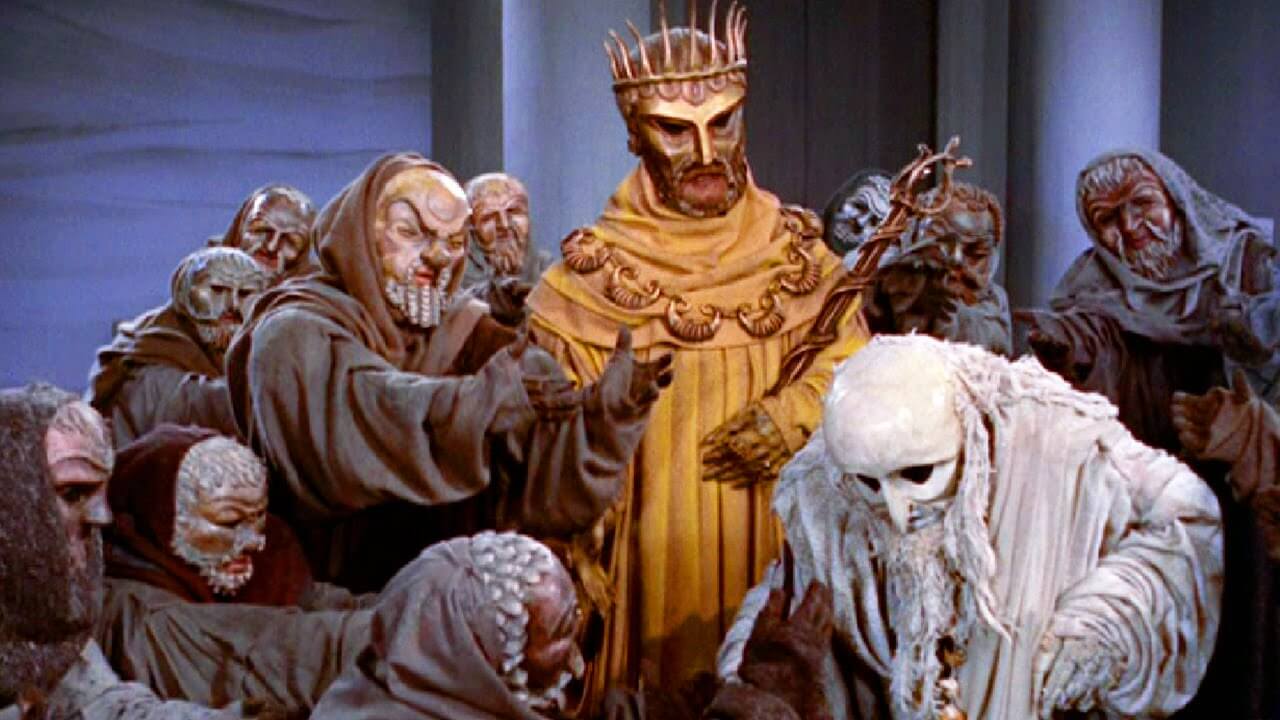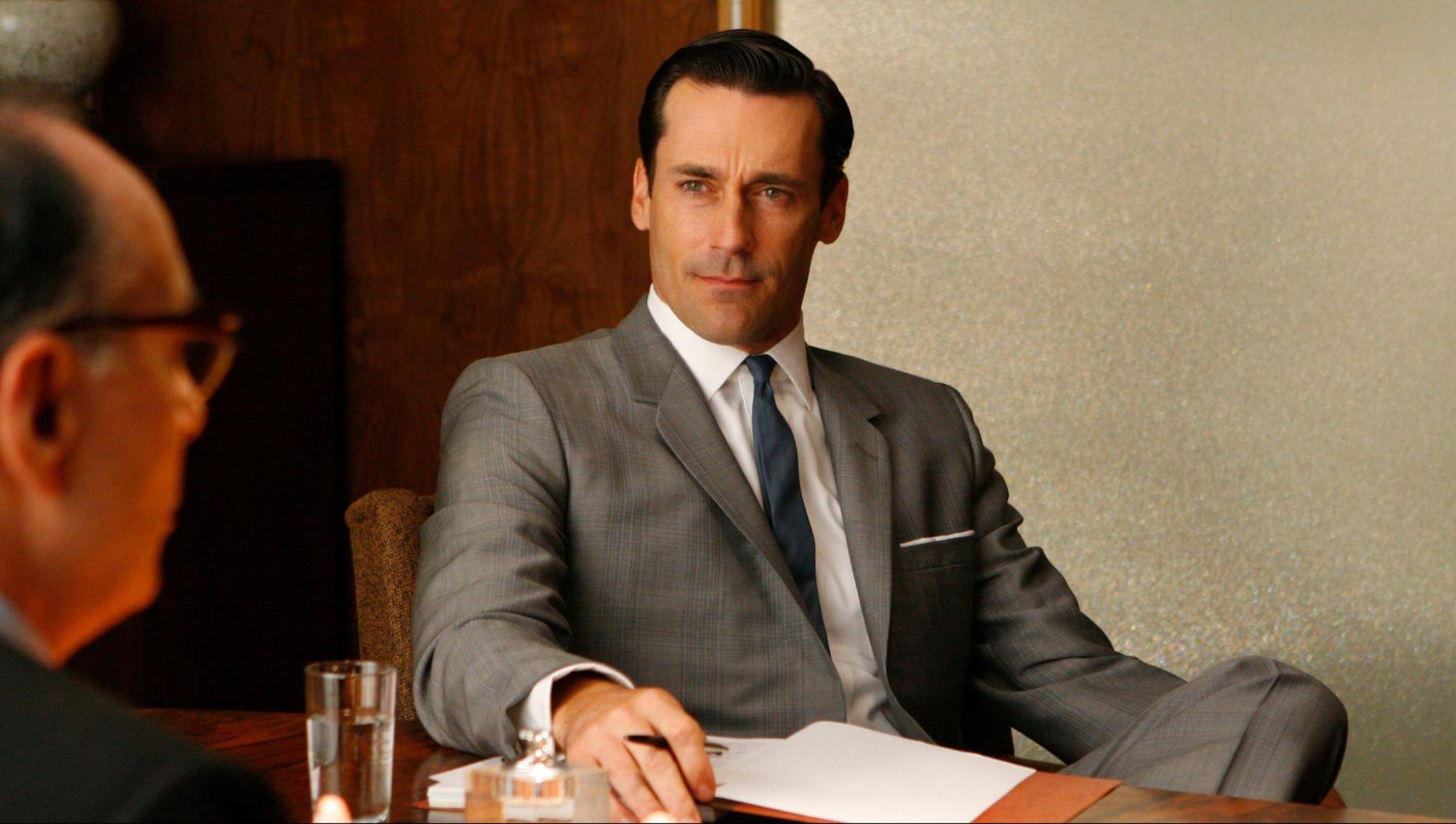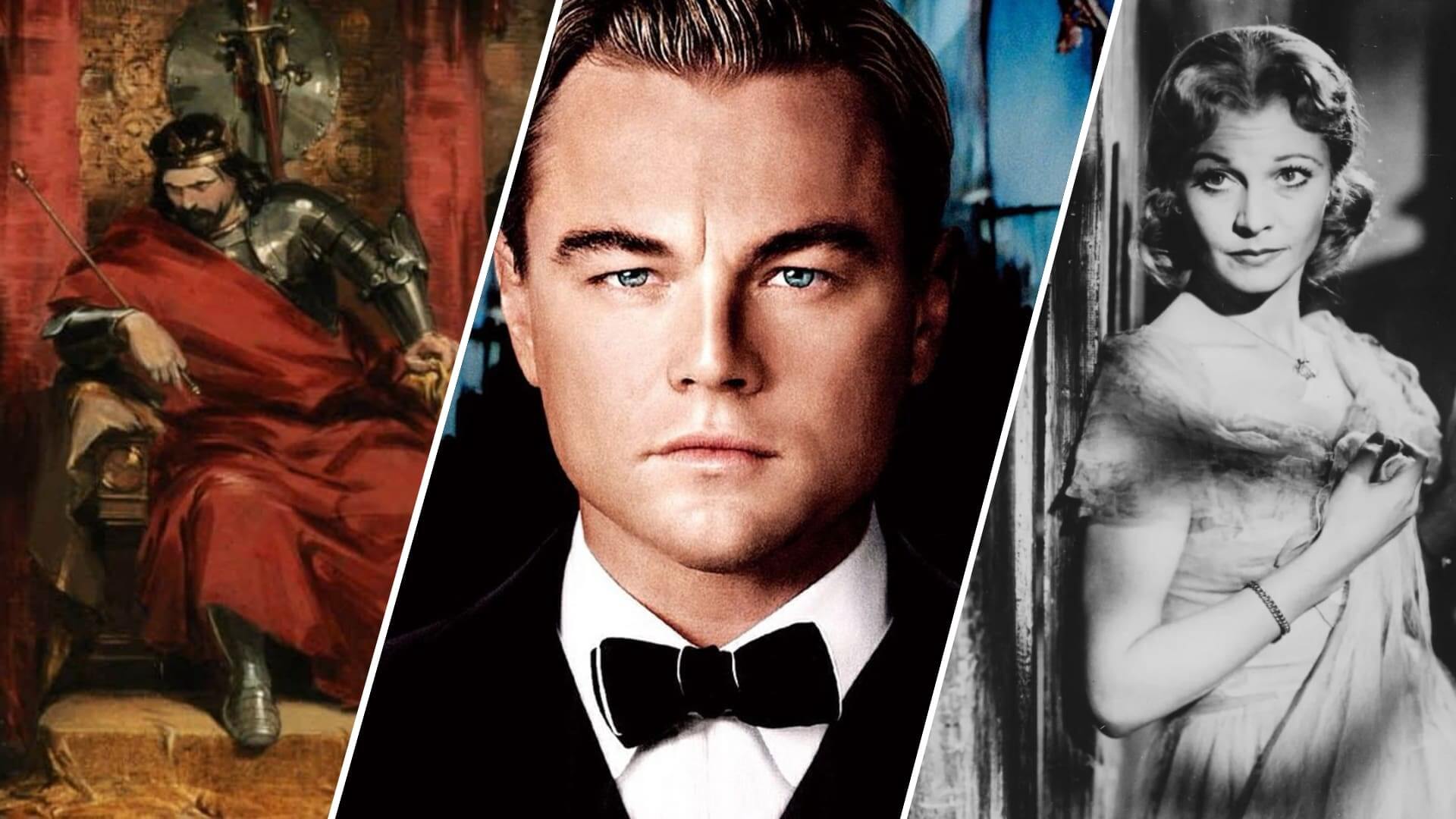A tragic hero is a longstanding character type that originated from some of the earliest documented story-telling. Stemming from early stageplays, this type of hero has made its mark as a literary tool not just on stage but in TV and film. But what is a tragic hero compared to any other protagonist? How does it fit into the overall narrative of a literary work? Continue reading to uncover how the tragic hero is a pillar of good stories and how its legacy still provides emotional catharsis to this very day.
Tragic Hero Definition
First, let’s define tragic hero
The tragic hero is a common character type in most types of narrative works. From stage plays to film, we’ve rooted for the heroic protagonist who still suffers unimaginable loss and heartache. But how can we set them apart from other heroes we’ve known and loved? Read on to differentiate tragic heroes from all the rest.
TRAGIC HERO DEFINITION
What is a tragic hero?
A tragic hero is the protagonist of a tragic story or drama, in which, despite their virtuous and sympathetic traits and ambitions, they ultimately meet defeat, suffering, or even an untimely end. They are often imperfect or wounded with some sort of fraught experience, and typically have some sort of fatal flaw.
Tragic Hero Examples:
- Jay Gatsby in F. Scott Fitzgerald’s The Great Gatsby
- Macbeth in William Shakespeare’s Macbeth
- Blanche DuBois in Tennessee Williams’s A Streetcar Named Desire
What Makes a Tragic Hero
Tragic hero characteristics
These heroes have been a staple of tragic narratives since the dawn of story-telling. Aristotle, upon studying others’ works, noticed patterns of character traits among beloved heroes.
Check out the video below for more on Aristotle’s story-telling principles.
Tragedy Lessons from Aristotle
It’s likely much of Aristotle’s basic elements of theater or story feel pretty familiar to you. Similarly, there are basic tragic hero characteristics that we’ve come to associate with some of our favorite heroes, of which there are six:
- Born of a noble birth
- With some kind of imperfection that makes them human and relatable
- They have been wounded by some traumatic experience
- They have a fatal flaw
- Their fatal flaw leads to some kind of realization
- They meet a significant downfall
Any combination of these can still qualify your hero as tragic, especially if you maintain the fundamental idea of these traits: your character is flawed, though perhaps also virtuous, and still meets failure, death, or at least suffering.
Related Posts
Three pillars of tragedy
Your hero’s flaws are intrinsically linked to what Aristotle believed to be three pillars of tragedy: hamartia, peripeteia, and anagnorisis. Let’s unpack what each of these means.
- Hamartia is the tragic flaw which leads to the hero’s downfall. Coming from the Greek word meaning “to err,” it is a flaw form within the character themselves. It is often a blatant character trait, like hubris.
- Peripeteia is the reversal of circumstances. Often referred to as a reversal of fortune, peripeteia is the turning point brought about by the hero’s flaw.
- Anagnorisis is the hero’s recognition. This is a critical point for your hero, as they have gained insight regarding their true identity or actions and forever changes them.
These story-telling devices are timeless because audiences can find themselves within the framework of a tragic hero’s narrative. Humans are flawed, and using these three tools to build your hero and their journey can ensure your catharsis truly packs a punch.
Related Posts
Tragic Hero Examples
Classic and modern tragic heroes
Tragic heroes aren’t just in stage plays. From the dawn of film to the newest, most cutting edge blockbusters, we’ve seen the demise of many a protagonist.
Let’s analyze some now:
One of the most iconic tragic hero examples is Oedipus Rex. But unlike most tragic heroes, Oedipus bears no responsibility for his tragic flaw (which is that he does not know his true identity).

Oedipus Rex, 1957
The fact that he is not responsible for his flaw doesn’t mean that his flaw is not tragic or that it does not lead to his own suffering. It is still a flaw that comes from himself.
More importantly, he is a great example of a tragic hero, particularly as it pertains to the pillar of reversal of fortune. Oedipus eventually learns the truth behind his own identity and actions: he is his father’s murderer, and he is also his own mother’s lover.
A more modern example shows that tragic heroes aren’t even beholden to film. What eventually leads to the destruction of his world, Draper has a tragic flaw that overpowers him and his best efforts: ego. It is interwoven with all of his successes and “mini” downfalls throughout the series.

What is a Tragic Hero • Mad Men's Don Draper
For example, consider his success at work and the ability to “sell” versus his constant philandering and alcoholism. But this ultimately leads to him having to come clean as he burns the candle at both ends.
A tragic hero upholds and guides the narrative of the tragedy. Through their constant struggle to overcome their flaws and obstacles, they represent the consequences that come from succumbing to our flaws. And while doomed to their particular fate, they can strengthen your narrative and lead to the emotional, gut-wrenching ending we all hope for.
Related Posts
Up Next
What is an Anti-Hero?
Peaky Blinders, Mad Men, Breaking Bad… some of our favorite shows feature some of the most complex, morally ambiguous protagonists we’ve ever seen. But are they tragic or anti-heroes? Learn how to differentiate and utilize the anti-hero in your next project at the link below.
Up Next: Anti-Heroes Explained →
Showcase your vision with elegant shot lists and storyboards.
Create robust and customizable shot lists. Upload images to make storyboards and slideshows.
